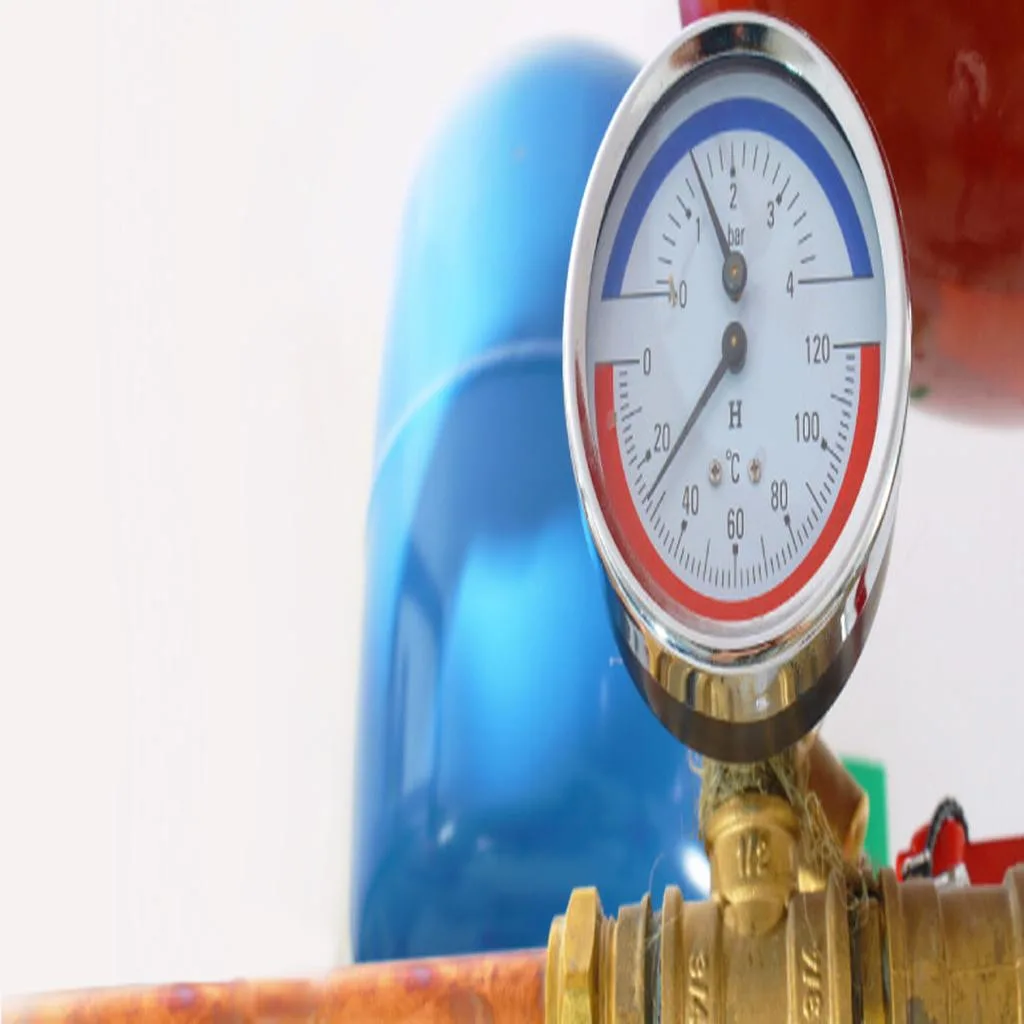Causes of High Water Pressure from SAVERSTREET
Most changes in water pressure are the suppliers’ responsibility.
Note that you may experience excessive water pressure if high buildings or many hills surround your home. To reach those living on top floors, the supplier pumps at higher pressure.
Useful tip: Based on the location of your property, the standard pressure varies from 3 to 5,5 bars.
Fire hydrants use many litres of water in a matter of minutes, and to operate as intended, they require a stronger stream. If you live near one, this may be the cause of your house’s high pressure.
When the network has gone through maintenance work, trapped air is built within your pipes. This temporarily increases the pressure. Try to run your taps for a couple of minutes to see if that will fix the issue.
Abnormal pressure may result from the re-routing of the supply network. In most cases, the companies are efficient and the normal water distribution returns promptly. On some occasions, the problem arises from your fixtures and installations.
Now that you know what causes the problems with your pressure, it’s time to learn how to act.
How to Diagnose and Fix High Pressure in Your House
So if you are a DIY plumbing enthusiast, we’ve gathered the exact 3 steps to follow.
Step 1. Test With a Pressure Gauge
The pressure gauge measures the applied force of the liquid when it’s at rest. The instrument is easy to use, and it’s composed of a dial indicator, braided hose and fitting.
A pressure gauge test is the most effective method to check your home’s pressure. You can find the tool in most hardware stores or order it online.
You’d like to perform the test on your own? Follow this simple guide and learn how in just 5 minutes.
Useful tip: Remember that the residential pressure shouldn’t exceed 80 psi. You should take action if your pressure gauge shows force higher than that.
Step 2. Use a Pressure Reduction Valve
The valve controls the flowing water via an internal diaphragm. Just set the regulator to your preferred setting.
The definitive answer to your high pressure problem may be to fit a pressure reduction valve. It requires certain plumbing skills and knowledge to install the instrument. Book a plumbing installation service if you are a beginner.
Yet, you may feel that you have the expertise, and you seek a DIY challenge. You better know how to use a tubing cutter, because you’ve got some work ahead. Follow this guide on how to fit a water pressure reducing valve.
The regulator lasts for over 7 years, and it’s beneficial for your bills. As claimed by the International plumbing code, it’s always wise to have one installed. On top of that, you may save a minimum of 60 litres per hour. Isn’t that great?
Useful tip: Do not turn down the mains stopcock, as it may cause reduced flow and a noisy plumbing system.
Step 3. Contact Your Water Company
Call your company If you notice that your pressure is immensely above the normal standards. When the force exceeds 100 psi or more, this could indicate a problem in the supply network.
It’s the supplier’s responsibility to make sure that your home receives normal levels of water. Companies offer you the option to file a complaint if you aren’t satisfied with their actions.
Useful tip: Check this map If you aren’t sure which company distributes to your region, and how to contact them.
Takeaways
- Listen to your plumbing systems for any banging or shuddering sounds.
- Always call professionals to determine the cause of a leak.
- See if your appliance fails earlier than expected, as this may indicate high pressure.
- Use a pressure gauge to check your mains force.
- For your benefit, get a pressure reduction valve (PRV) installed.
- If your domestic water pressure is too high, call your water distribution company.
Why Choose Our Products for your application?
According to experts from the https://www.bheta.co.uk/ , research is key when planning any DIY application.
Note that you may experience excessive water pressure if high buildings or many hills surround your home. To reach those living on top floors, the supplier pumps even more water.
Backed by Industry Experts
Research from organizations like https://www.bheta.co.uk/ , research is key when planning any DIY application.
Useful tip: Based on the location of your property, the standard water pressure varies from 3 to 5,5 bars.
Trusted by Saverstreet Customers
At Saverstreet, we care deeply about our customers. That’s why we offer only hand-selected, quality-tested products that make your life easier and more enjoyable.
- If your domestic water pressure is too high, call your water distribution company.


I just could not leave your web site before suggesting that I really enjoyed the standard information a person supply to your visitors Is gonna be again steadily in order to check up on new posts
Thank you for your the good comments
Very informative article! I didn’t realize that factors like nearby fire hydrants or maintenance work could temporarily increase water pressure at home. The step-by-step guide with the pressure gauge and PRV installation tips is really helpful for anyone looking to manage high domestic water pressure. Thanks for sharing these practical insights!
Much appreciate you taking the time to contact us